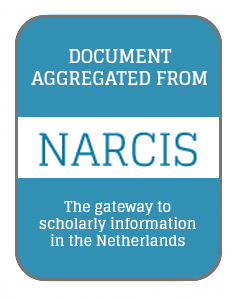Resource information
Over the past 15 years, 3 million hectares of forests have been converted into shrublands or grasslands in the Mediterranean countries of the European Union. Fire and drought are the main drivers underlying this deforestation. Here we present a conceptual framework for the process of fire-induced deforestation based on the interactive effects of fire and drought across three hierarchical scales: resistance in individuals, resilience in populations, and transitions to a new state. At the individual plant level, we review the traits that confer structural and physiological resistance, as well as allow for resprouting capacity: deforestation can be initiated when established individuals succumb to fire. After individuals perish, the second step toward deforestation requires a limited resilience from the population, that is, a reduced ability of that species to regenerate after fire. If individuals die after fire and the population fails to recover, then a transition to a new state will occur. We document trade-offs between drought survival and fire survival, as embolism resistance is negatively correlated with fire tolerance in conifers and leaf shedding or drought deciduousness, a process that decreases water consumption at the peak of the dry season, temporally increases crown flammability. Propagule availability and establishment control resilience after mortality, but different hypotheses make contrasting predictions on the drivers of post-fire establishment. Mycorrhizae play an additional role in modulating the response by favoring recovery through amelioration of the nutritional and water status of resprouts and new germinants. So far, resprouter species such as oaks have provided a buffer against deforestation in forests dominated by obligate seeder trees, when present in high enough density in the understory. While diversifying stands with resprouters is often reported as advantageous for building resilience, important knowledge gaps exist on how floristic composition interacts with stand flammability and on the “resprouter exhaustion syndrome,” a condition where pre-fire drought stress, or short fire return intervals, seriously restrict post-fire resprouting. Additional attention should be paid to the onset of novel fire environments in previously fire-free environments, such as high altitude forests, and management actions need to accommodate this complexity to sustain Mediterranean forests under a changing climate.


